Material Culture of Sanchi
Synopsis
Sanchi, the ancient Sahghardma (in District Raisen, Madhya Pradesh, well-known for its magnificient Buddhist edifices Stupas, temples, monasteries and memorial pillars, has been attracting the attention of the art lovers and the archaeologists alike ever since its rediscovery by General Tyior in 1818. The tremendous wealth of figural and decorative carvings is superb and amazingly varied. The artistic, religious and iconographic wealth in the early sculptures of Sanchi are an almost inexhaustive mine of information in regard to the contemporary civilization. Sarchi sculptures lend great latitude for isualising a picturesque panorama of life that thrived during the second half of the first century B.C. The art of Sanchi in all its grandeur impresses us greatly by its rhythm, Symmetry, and decorative beauty and perfect handling of the floral and plant motifs. The Sanchi tradition is amazingly derived from an indigenous heritage which is born of India's own seed with deep and intimate ethnic and local roots. This book "The Material Culture of Sanchi" is an out-come of the indefatigable research of prof. Dr. Krishna Murthy, a well-known archaeologist and an art-historian. Written in lucid style, the present book recounts the contemporary life reflected in the Sanchi sculptures. The architecture, more of dress, coiffure, personal ornaments, the weapons of war revealing the class military life, the musical instruments bespeaking the civilized mind of the people have all ben brought within the compass of sculptural art impeccable well. This richly illustrated impressive work projecs an indepth, authentic account of Sanchi's material culture. The book is of great to the student of art-history; and for the common reader its fascination lies in the intense human and cultural that the subject invitably generates.
Read more
35.10
31.59
$
39.00 $
Free delivery Wolrdwidе in 10-18 days
Ships in 1-2 days from New Delhi
Membership for 1 Year $35.00
Get it now and save 10%
Get it now and save 10%
BECOME A MEMBER

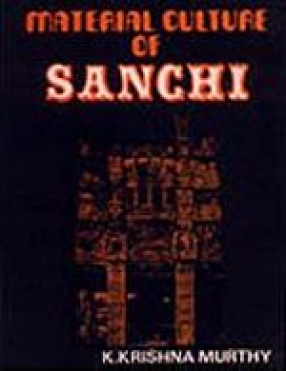

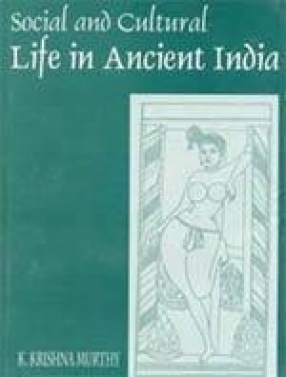

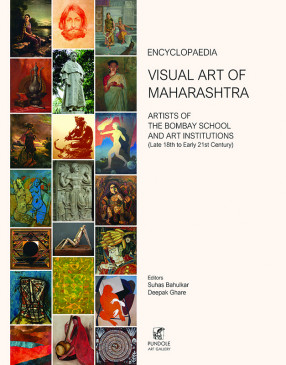
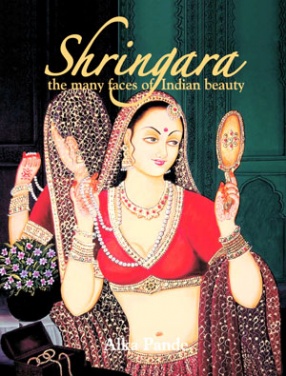
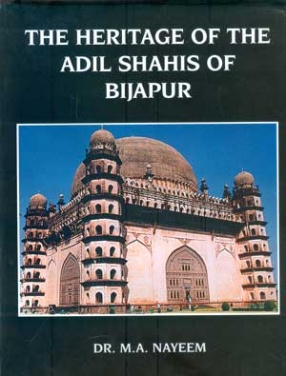

Bibliographic information